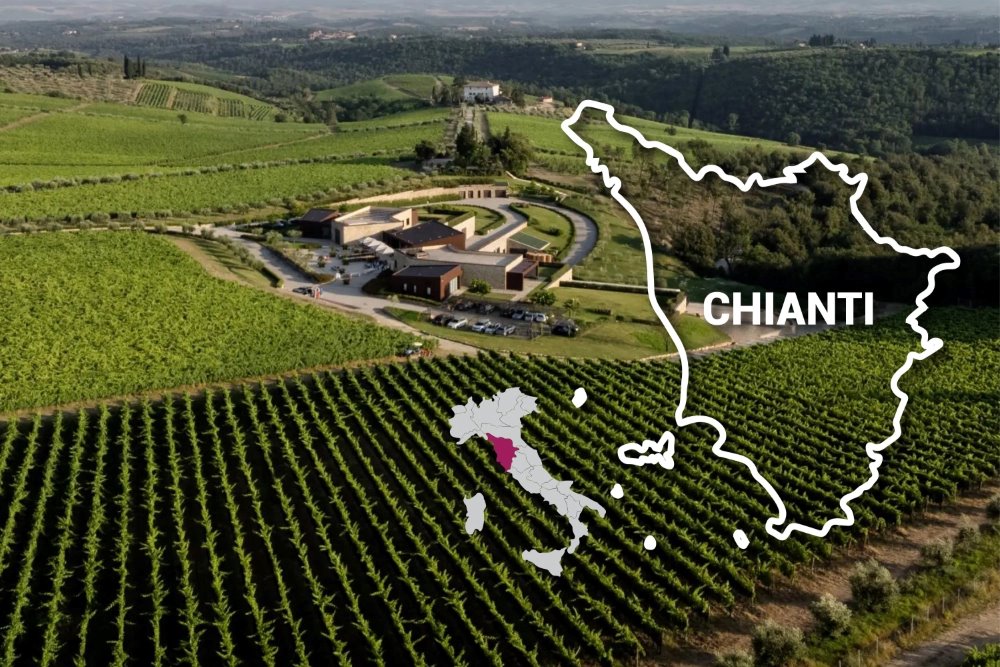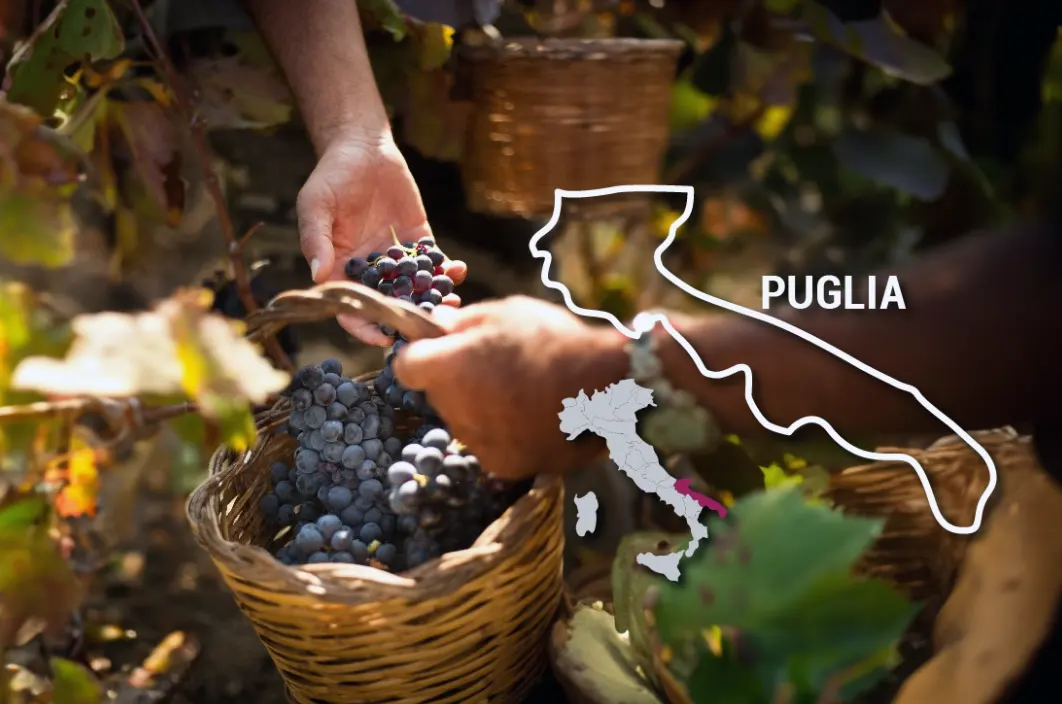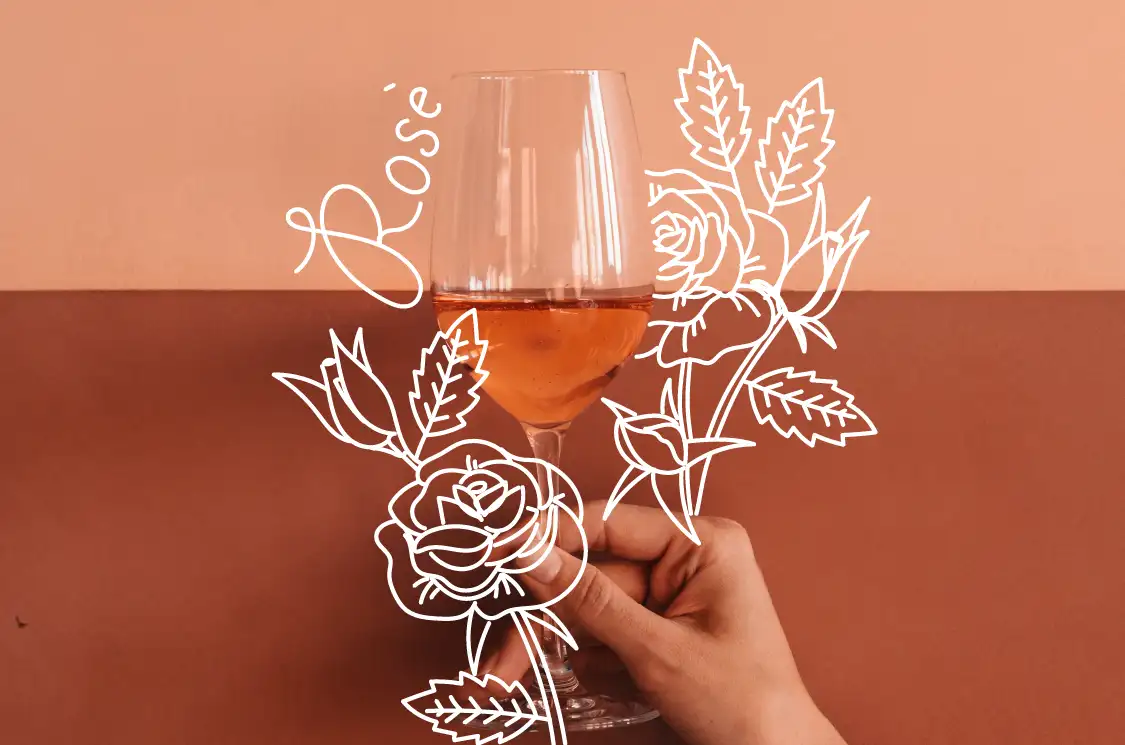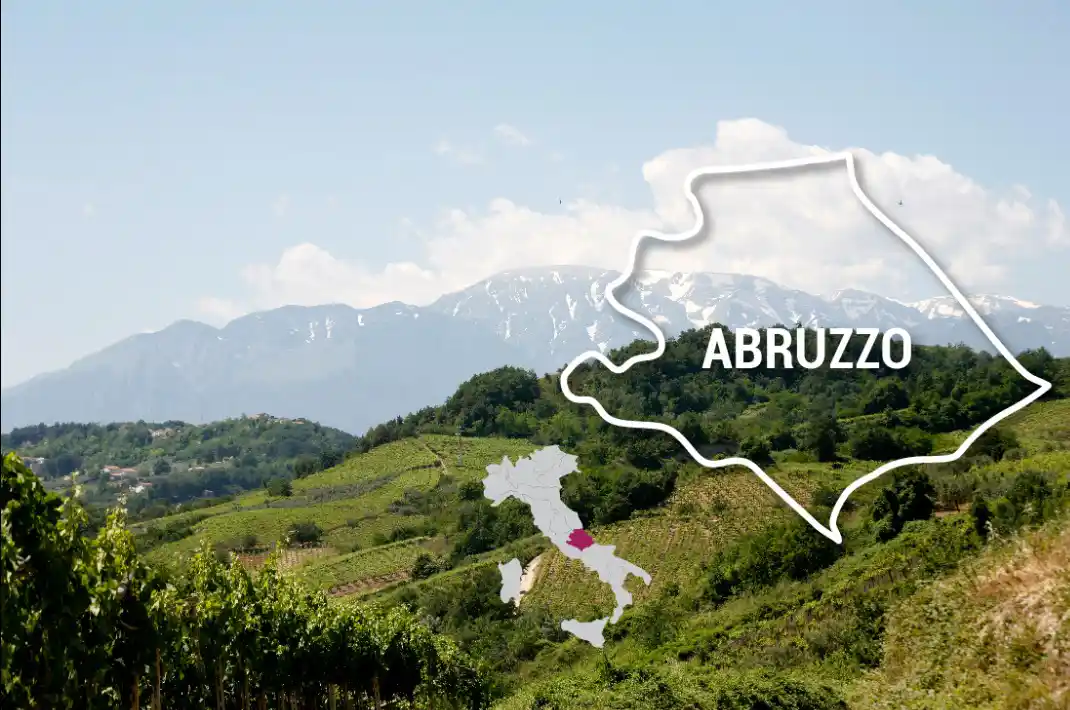A valuable knowledge for our Sommeliers and Wine Enthusiasts, Chianti Wines is an Italian red wine produced in the Chianti region of central Tuscany, Italy. Historically, the wines are associated with squat bottles enclosed in a straw basket, called a fiasco (flask). However, these days most producers bottle the wines in more standard-shape bottles, making the wines much more accessible to the public than it used to be.
In this article, we will discuss in-depth and all you will need to know between the differences of Chianti vs. Chianti Classico Wines.
Where is Chianti?
Located in Central Tuscany, the region is one of the most beautiful areas in the entire region. Dreamy and romantic, this area features lush rolling hills and gorgeous villas. The landscapes are so beautiful that over the years it has inspired many photographs which became postcards and calendars distributed globally.
Being the wine region of Tuscany, the borders of the Chianti region are not clearly defined but in general it extends over the provinces of Florence and Siena. It has 7 sub-zones within its region, which are Colli Senesi, Colline Pisane, Colli Aretini, Montalbano, Montespertoli, Rufina and Colli Fiorentini.
Chianti offers a unique landscape, with green gentle hills covered with wide fields of vineyards, stone villages, characteristic parishes and countryside homes.
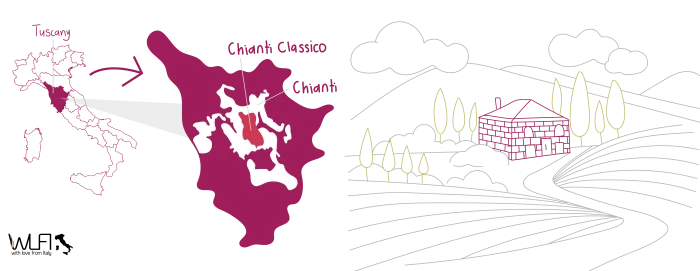
What is Chianti Classico?
Often, many have mistaken between the two. Whilst Chianti Classico is located within the same region, it is NOT one of the seven sub-zone as mentioned above.
History goes back to the 1930’s where the term “Classico” was added to distinguish it from the wines produced outside the original historical area, thus, Chianti Classico.
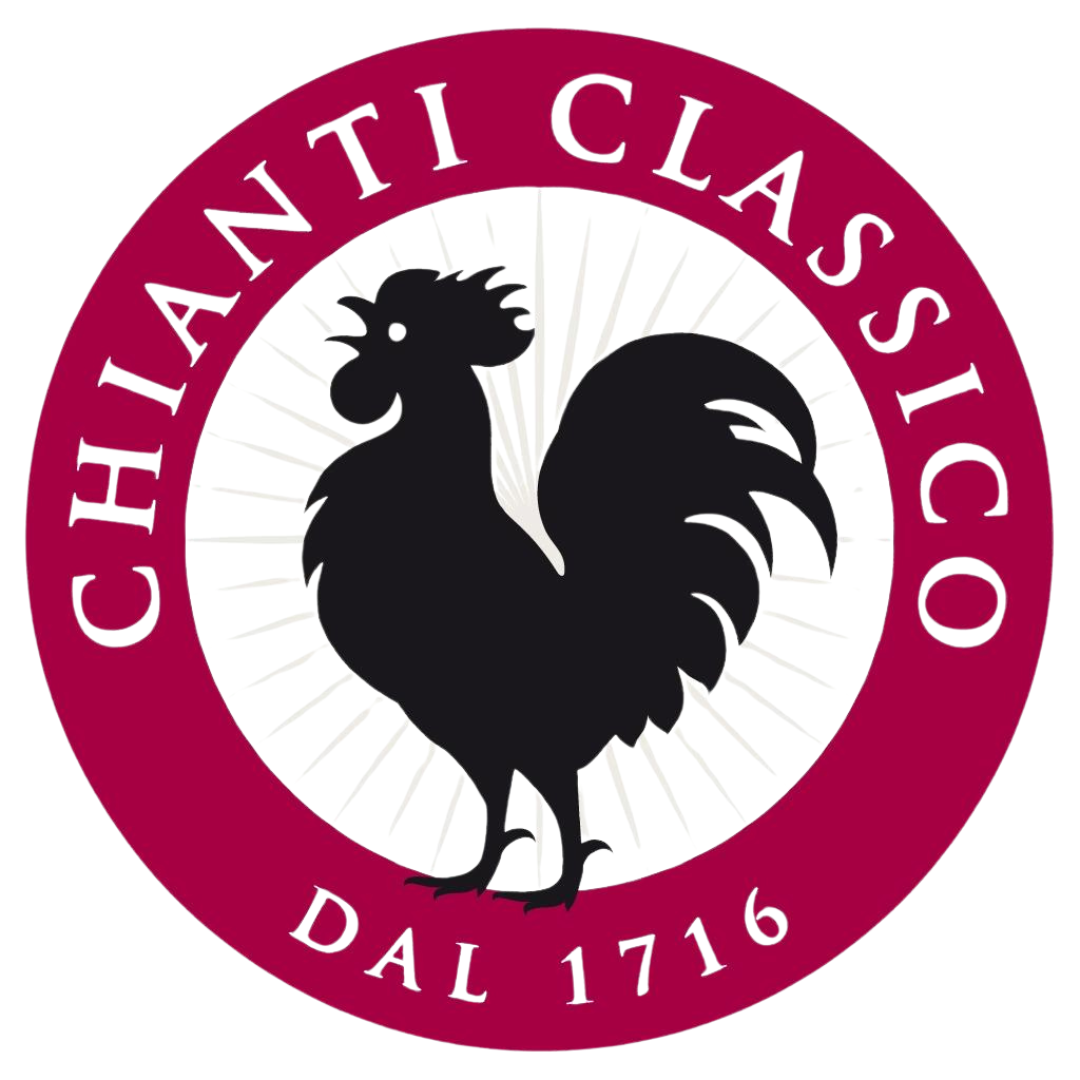
The Black Rooster (Gallo Nero)
As mentioned in the above, the Chianti Classico is easily identifiable by the logo of the Black Rooster (Gallo Nero). The Black Rooster is a very important symbol for wine producers as it allows them to differentiate their products from those produced outside the historical area.
The symbol dates back to the middle ages where it was supposedly a symbol created by the Republic of Florence to control the area. In the early 20th century, production of Chianti Wines could no longer satisfy market demands, thus many wines outside the original area was created and sold as wines from the region began surfacing in the markets.
To protect the wines from the original area, the Consortium for Protection of Typical Chianti Wines was founded and the Black Rooster was chosen as the symbol. Since 2005, the Black Rooster has became the trademark designation which wine producers can unequivocally claim that if there’s no Black Rooster, it’s not a “Classico”.
Read more about its history here: Chianti Classico Official Website
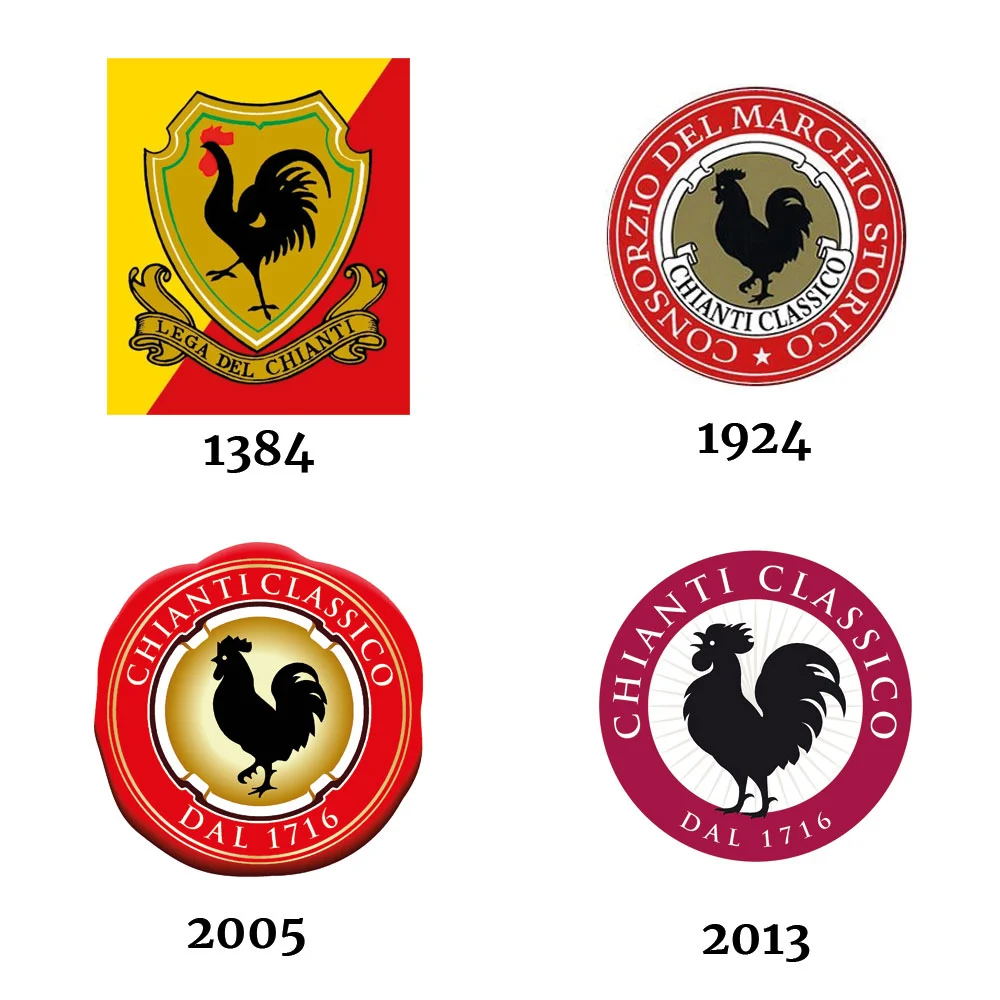
Black Rooster (Gallo Nero) symbol of Chianti Classico
Chianti & Chianti Classico Wine Production
The wines produced in this region are known similarly to where they are from. The wines that are produced in the region mostly contains the Sangiovese grape variety, as this variety is not only Italy’s most planted wine variety, but also the pride of the region.
Sangiovese grapes have deep ties to the Italian history on the country. It offers a uniquely enlightening and delicious flavor that generally boasts a set of primary flavors, elevated acidity and assertive tannins with hints of cherries, plum and savory notes of leather and tobacco.
Chianti vs Chianti Classico
Whilst understanding the differences can be daunting, we have made it easy to understand with the below
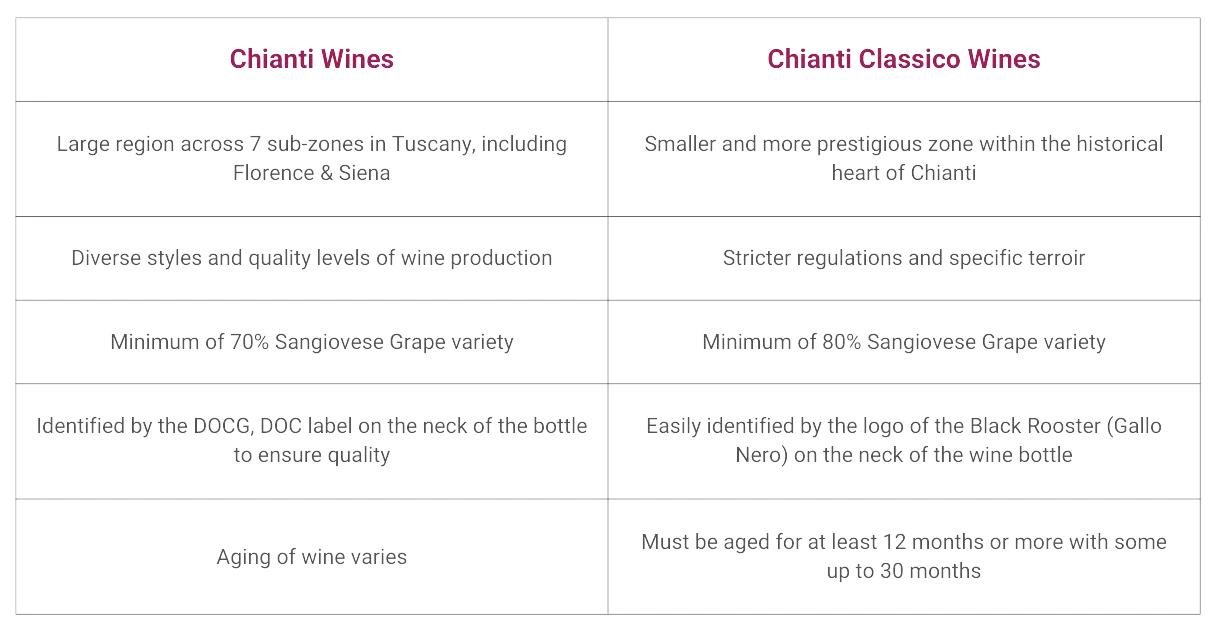
Wines for the Perfect Food Pairing
These exquisite wines are made primarily with the Sangiovese grape variety, the common tasting notes for the grape includes red fruits, dried herbs, balsamic vinegar, while on the high end, the wines produced using Sangiovese grapes offer notes of preserved sour cherries, oregano, espresso and tobacco.
Due to its high acidity, coarse tannins with savory flavors, wines from the region makes an incredible wine to be paired with food. The high acid is able to cut through rich heavy succulent dishes such as red meat or cheese platters.
The pairing to avoid are usually fish, food that are too hot/spicy, as well as acidic fruit-based desserts, as the combination will not work for the taste buds and will ultimately be a deal breaker.
The Wine Selections
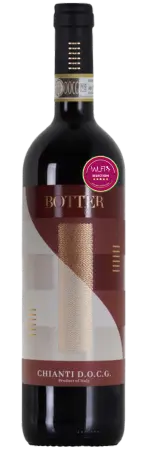
Botter Chianti DOCG
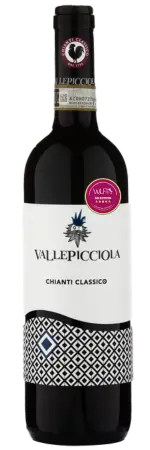
Vallepicciola Chianti Classico DOCG
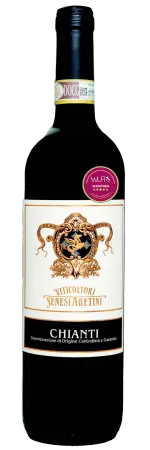
Senesi Aretini Chianti DOCG
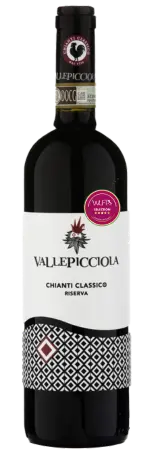
Vallepicciola Chianti Classico Riserva DOCG

Senesi Aretini Chianti Riserva DOCG
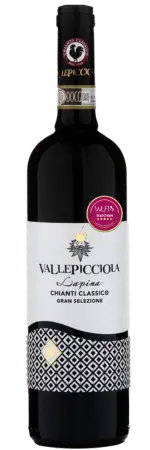
Vallepicciola Gran Selezione LAPINA DOCG
Wines from these regions are truly a perfect wine to be enjoyed on its own or paired with a meal. There’s truly little doubt that Chianti is one of the world’s most well-known wine regions, while the two are profoundly from different appellations, they both produce Italy’s most planted grape variety, Sangiovese.
At With Love From Italy, we pride ourselves for importing wines that are not only exceptional, but exquisite quality wines beyond the usuals, check out our selections from the region.
Contact us today for a special consultancy session to transform and elevate your restaurants wine list or to learn more about the wines that With Love From Italy imports into Malaysia.
